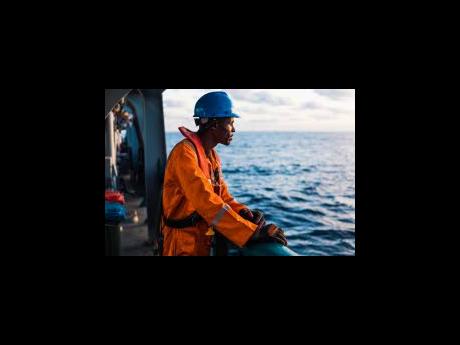Poor wages, heavy workloads sink seafarers’ happiness
IN A worrying development about the well-being of seafarers, a recent report revealed an ongoing decline in their happiness at sea.
The Seafarers Happiness Index which encompasses the third quarter of 2023 is the third successive drop in seafarer happiness, raising doubts about the potential consequences for the maritime industry.
The survey assesses the well-being of seafarers through 10 key questions regarding their work and life, and is intended to determine their sentiments about their experiences onboard.
The year’s third-quarter account noted that seafarer happiness has fallen to 6.6 out of 10, a fall-off from the 6.77 and 7.1 reported in the previous two quarters.
“We saw a mixed set of responses, featuring the highs and lows of life at sea,” the report notes. From a positive perspective, we heard that the seafaring life still holds an alluring promise of adventure and steady income, yet it also demands substantial sacrifice. This Q3 2023 report explores seafarer sentiment on the key issues impacting their happiness and well-being.
Worsening conditions in various areas covered by the survey included wages, workload, and onboard connectivity, with the latter experiencing the most significant drop in happiness levels. However, there were some progress in shore leave, training, and food.
The Seafarers Happiness Index report not only identifies the major factors impacting seafarer happiness, but also provides key recommendations to address these concerns. Suggestions include facilitating shore leave and engaging with ports globally, addressing remuneration concerns, promoting diversity and inclusion, managing workloads, and leveraging technology to enhance work-life balance.
A predominant concern highlighted in the feedback for this quarter is salary inadequacy, particularly for senior roles. Nutritional challenges due to catering budget constraints were also reported, emphasising the need for better stocked vessels and expert catering crews. Challenges related to maintaining onboard gyms and exercise equipment were also raised.
A dual-pronged issue in connectivity and communications emerged as they enabled contact with loved ones, but potentially aided micromanagement from ashore. To mitigate this, calls have been made for guidelines promoting a healthy work-life balance through technology.
The persistent issue of heavy workloads, driven by expanding regulations and administrative tasks, once again came to the forefront. Seafarers expressed a growing sense of unmanageable responsibilities, causing significant stress.
The index underscored how prejudices and misunderstandings can obstruct social unity on board, citing cultural issues and pressures from home that were not fully explored. Troubling insights into gender inequalities and barriers to diversity and inclusion were also revealed, indicating a lack of acceptance, discomfort, and exclusion for female seafarers. To address these issues, the report emphasises the need for fostering open communication and overcoming biases.
While the challenges faced by seafarers were highlighted, the Seafarers Happiness Index also acknowledges some positive aspects of life at sea. Respondents emphasised the steady income and adventure that a seafaring life can offer, while recognising the substantial sacrifices it demands.
The Seafarers Happiness Index was developed in 2015 and is designed to monitor and benchmark seafarer satisfaction levels by asking a series of questions, and serves as an important barometer of seafarer satisfaction with life at sea. Questions focus on a range of issues, from mental health and well-being to working life and family contact.
The survey is distributed globally to provide indicators of key issues around the happiness of seafarers, both on shore and aboard. The results are then shared with industry and key decision-makers to ensure that seafarers voices are heard, and that the shipping industry can make positive changes.

